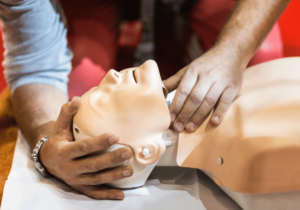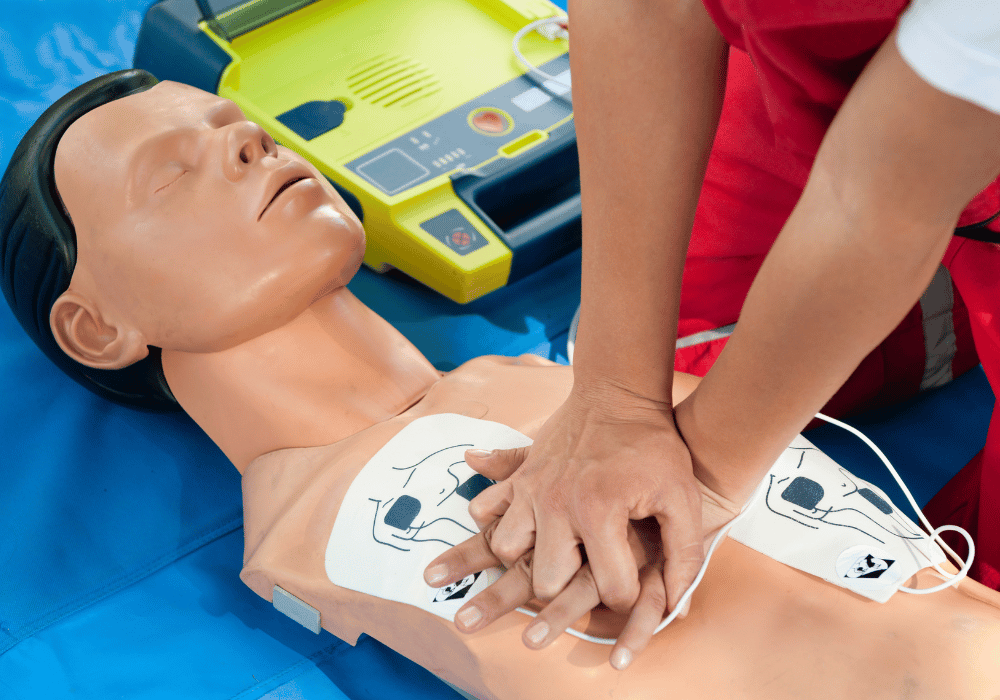Becoming certified in CPR (cardiopulmonary resuscitation) is an essential skill that can potentially save a life. The best way to learn effective CPR techniques is through hands-on training classes with a CPR training manikin. These simulated devices are designed to mimic the human body, allowing individuals to practice and perfect their skills. However, if you are new to CPR training manikins, you may feel overwhelmed and unsure of where to begin. In this beginner guide, we will explain everything you need to know about using CPR training manikins to become proficient in performing CPR.
1. Understanding CPR Training Manikins
Before you begin practicing with a CPR training manikin, you need to understand its components. A basic manikin consists of a torso, head, and neck, while advanced models can simulate different medical conditions such as choking and heart attacks. Most manikins also include a feedback feature that provides information on chest compressions and breath counts to ensure proper technique.
2. Positioning the Manikin
Proper positioning of the CPR training manikin is crucial for effective practice. Ensure that the manikin is lying on a hard surface, and if necessary, place a training mat or board under the manikin. The head should be tilted back to an appropriate angle to allow for a clear airway. Moreover, the positioning of your own body as the rescuer is also important, as you should be at a comfortable height in relation to the manikin.
3. Performing CPR
Once the manikin is properly positioned, it’s time to start practicing CPR. Begin with chest compressions by placing both hands on the chest and pressing down with enough force to compress the chest one-third of its depth. After 30 compressions, administer two breaths by tilting back the head and blowing air into the mouth of the manikin. Remember to focus on your form and timing, and use the feedback feature to check your technique.
4. Tips for Effective CPR Training
To make the most of your CPR training with a manikin, consider these tips:
- Practice consistently: Regular practice will help you become proficient in CPR techniques, so set aside time for training sessions.
- Use resources: Take advantage of online videos, apps, and training materials to supplement your use of CPR training manikins.
- Involve others: Practice with a partner or group to receive feedback and build confidence.
- Try different scenarios: Advanced training manikins can simulate a range of medical emergencies, allowing you to practice a variety of scenarios.
5. Advantages of Training with CPR Training Manikins
Finally, using CPR training manikins during your training comes with a range of advantages. They allow you to practice CPR techniques without the pressure of performing on a real person. Moreover, the feedback feature provides real-time information about the effectiveness of your efforts, allowing you to adjust and improve your technique. In addition, the simulated medical emergencies generated by some manikins enhance your training experience by preparing you for a range of potential real-life situations.
Using CPR training manikins to develop proficiency in performing CPR is an essential step in becoming certified. With the advantages that come with training manikins such as receiving real-time feedback and experiencing a range of simulated medical emergencies, there is no better tool to use in mastering CPR.

